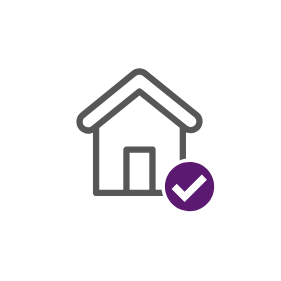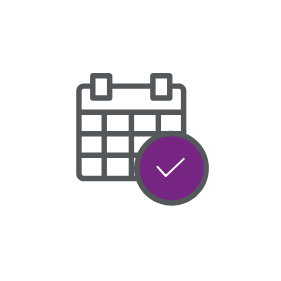First things first, you need to decide who will sell your home. Whether you will do it yourself, use a local, or online, estate agent.
You also have the option of whether you will have a sole agent selling your property or multiple agents. We recommend that you do your own research to compare the options available to you and be ready to negotiate a good fee with any estate agent you use.
Next comes the big decision of deciding how much to sell your property for. Research your local market inside and out to get an idea of similar property prices and get a number of estate agents to do valuations. And do not forget, purchasers will more than likely try to negotiate a discount.
If you’re selling a leasehold property you will be required to obtain management packs from your ground rent and/or service charge companies.
Now that you have agreed to sell your property, you will need to choose a conveyancer to handle the legal work to transfer ownership of the property.
When you bought your property, you waited for the draft contract from the seller. Now it is your turn to supply the draft contract for you and the seller to agree the terms.
The next step is to exchange contracts which means you are legally committed to selling the property. The purchaser is also legally committed to buy it from you too. If you change your mind after this point, you could incur additional costs.
Completion refers to the final stage of the purchasing process when the property changes ownership, you accept payment and hand over the keys. Your completion date will take place on a previously agreed date. As your conveyancer, we would deal with this whole process, and register the transfer of ownership with the Land Registry.













